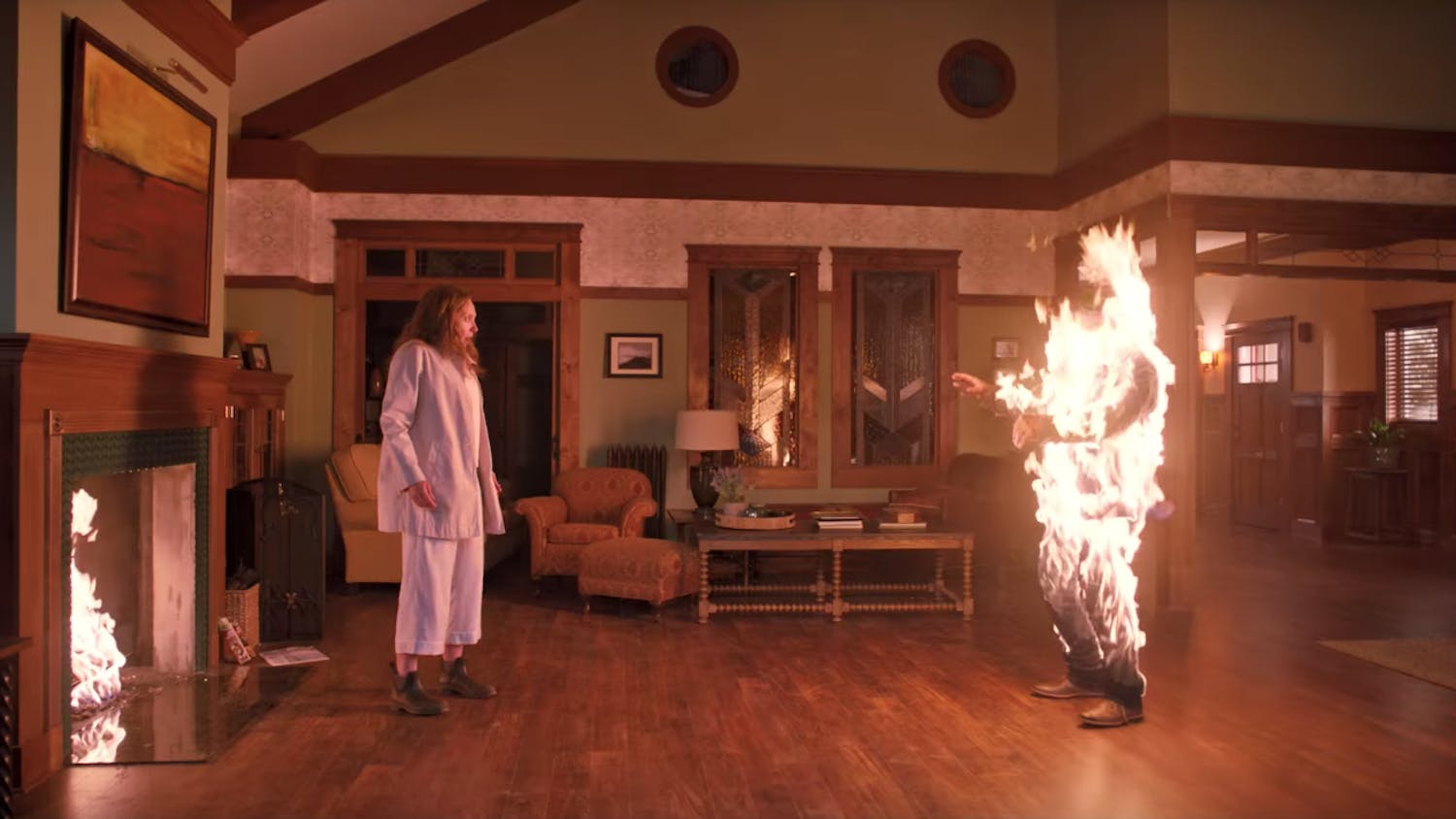One person’s trash is another’s installation at the Chazen Museum of Art as nature, art, light and time combine.
Xu Bing, a Chinese-born artist that contributes his work to galleries around the world, was invited to the United States on behalf of the “great state University of Wisconsin” in 1990. Bing has since gone on to work as a professor at the China Central Academy of Fine Arts and won several prestigious art awards, including the MacArthur Fellowship and the Fukuoka Asian Culture Prize.
This impressive body of work manifests itself in his latest installment at the Chazen Museum of Art, “Xu Bing, Background Story: A New Approach to Landscape Painting.”
Light is a commonly used element in high art. Whether Kanye West is using light and color to express his advanced artistic sense in his stage shows or David Lynch is playing with the juxtaposition between light and dark in his somewhat disturbing, avant-garde film work, light has the ability to create new worlds and transform the current one into something completely new and unrecognizable.
Xu Bing is another artist that may be added to the small congregation of those that bend light to express their creative image.
Upon entering the Pleasant T. Rowland Galleries at the Chazen, one is graced with a room-length painting, a copy of the “Dwelling in the Fuchun Mountains” by Huang Gongwang. As your eyes adjust to the darkened room, you take a closer look at the long painting, realizing that behind the beautiful landscape depiction lies a secret: The installation sits in the middle of the gallery, rather than against the wall. You walk around the back of the installation and discover the secret.
Instead of simply painting an interpretation of a classical Chinese landscape painting, Bing has created a diorama of garbage bags, plant material, webbing and paper on which LED lights shine, casting a seemingly obscure shadow on the glass behind. This obscure shadow results in an impressive copy of the original painting. While the viewer turns back to the front of the installation, they’ll wonder incessantly how the oddly placed objects in the rear diorama create the imagery of an ancient Chinese painting.
The current art environment requires artists to make revolutionary decisions and use ideas that have never been shown to the public. Moving past the medium of canvas, clay or photography, Bing combines the two-dimensional elements of canvas, the three-dimensional elements of clay and the realism of photography into a singular work that transcends what most artists are producing today.
Landscape painting plays an important part in the history of many Asian cultures and religions, but if Bing relegated himself to the medium of canvas, he would be relegated to anonymity. By using light, natural objects and glass, Bing makes a name for himself through an unusual artistic method. This method leaves viewers aspiring to find out exactly what elements of the diorama create visual strokes of the brush on the glass canvas.
As nature and man-made elements clash, so do human perception and acceptance of the naked eye’s ability to decipher the space in which it exists. Bing forces an art connoisseur to be more critical of their daily life, examining and validating the encounters one has with the surrounding environment. This installation shows the expertise of a man who has melded the perceptive elements of human nature with the classical; a confluence of the modern and classical.





